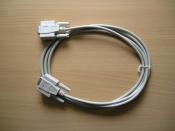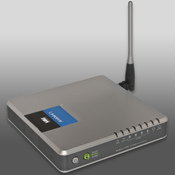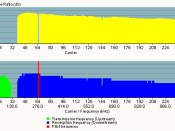Cable Modems vs. Digital Subscriber Lines Bob Fager Econ 235à ´ÂThe Internet has grabbed on to the world and it isn't letting go. Nearly 36 million U.S. homes currently have PCs and everyone is dying to jump on the information superhighway. The Internet, which started as a group of government agencies and universities, has grown to include almost anyone, from home users to large companies and everyone in between. It makes sense then that providing Internet service is big business. The service which used to be dominated by groups of nerdy computer whizzes using equipment in someone's basement is now being provided by many telephone companies, large on-line services and may soon be available from you local cable company.
Computer users are an impatient group. They are starving for a faster way of connecting to the 'net. Until now home users have had to suffer with the slow connections available with analog modems or spend a relatively large amount on having a digital line, such as ISDN, installed and then continue paying a lot for the monthly charges associated with such lines.
Standard analog modems have always been hindered by the bandwidth they are allowed to use. Standard voice grade phone lines use the frequency spectrum between 0khz and 4khz to transmit their signal. 33.6 kbps modems packed nearly 11 bits of data per hertz, a remarkable feat, which is very near the theoretical limit. To allow faster connections modems must use a wider bandwidth.à ´ÂTwo new competing technologies are now being developed which use this broadband idea to give computer users the speed they crave. Telephone companies are working on developing a way to use the standard twisted pair copper wires that now connect nearly every home in America to transmit data at high speeds. These technologies, collectively called xDSL, come...


